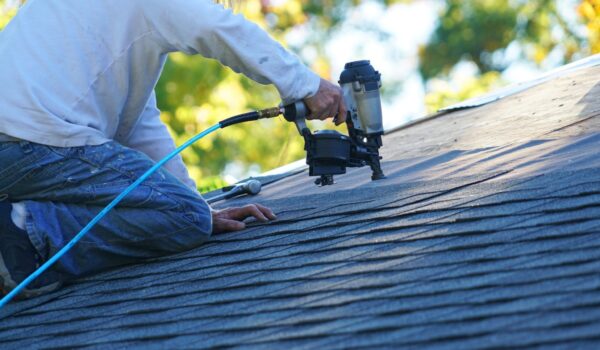
Introduction
A roof is one of the most important parts of a home’s structure, yet it’s also one of the most overlooked. Many homeowners only think about their roof when an obvious problem appears—like a leak during a rainstorm. But the truth is, roofing problems often start small and quietly worsen over time. Addressing issues early can mean the difference between a quick, affordable repair and an expensive roof replacement or even a new roof installation challenging seasonal climate.
This article explains how minor roofing issues develop into major damage, why preventative maintenance is essential, and how to make informed decisions when it comes to repairs or replacement.
Common Early Warning Signs
Small problems often signal larger underlying issues. Some of the most common signs to watch for include:
- Leaks or drips: Even a slow drip can indicate water penetration through shingles or flashing.
- Curling or cracked shingles: These reduce water protection and expose the underlayment.
- Clogged gutters: Leaves and debris trap moisture and cause water to back up under the roof edge.
- Sagging rooflines: A sign of structural stress or water damage beneath the surface.
These issues may seem minor at first, but they compromise the roof’s ability to keep water out, leading to faster deterioration.
How Minor Damage Escalates
When small vulnerabilities aren’t addressed, they can spread quickly. A single loose shingle can let water seep underneath, damaging the underlayment and eventually the roof decking. From there, water can enter insulation, drywall, and even structural beams, causing mold growth and weakening the home’s frame.
Clogged gutters contribute to this process by directing water back toward the roof rather than away from the house. Over time, this accelerates shingle wear and can even damage siding and foundations.
The Value of Inspections
Regular roof inspections—at least once a year and after major storms—are the best way to catch early problems. Professionals can spot subtle issues that aren’t obvious from the ground, such as:
- Small cracks in flashing
- Early signs of shingle granule loss
- Minor sagging or soft spots
- Areas where water is pooling
These inspections often prevent the need for major roof repairs or replacements by identifying concerns while they’re still inexpensive to fix.
Repair vs. Replacement
When problems are detected, homeowners often face a choice: patch the damaged area or replace the roof. While repairs are more affordable in the short term, they don’t always address widespread aging or hidden damage. If multiple areas are compromised—or if the roof is nearing the end of its expected lifespan—a full replacement may be the more cost-effective option over time.
For example, when considering roof installation in Nashville, local weather patterns—ranging from summer heat to winter ice—make it essential to choose materials and techniques that stand up to changing conditions. Investing in quality installation now can prevent costly repairs later.
Don’t Forget the Gutters
Gutters are part of the roofing system and play a major role in its health. A failing gutter system can shorten a roof’s lifespan by years. Clean gutters prevent water from backing up under shingles and protect against foundation damage. Upgrading to seamless gutters or adding gutter guards can reduce maintenance needs and improve overall water management.
Working With Professionals
An experienced roofing contractor will:
- Provide a detailed inspection report
- Offer repair and replacement options tailored to your budget
- Use quality materials suited to your climate
- Ensure proper installation for maximum lifespan
Choosing a reputable company is essential—poor workmanship can lead to recurring issues even with new materials.
Preventative Maintenance Tips
Homeowners can extend their roof’s life by adopting a proactive approach:
- Keep gutters clear year-round
- Trim overhanging tree branches to prevent shingle damage
- Check attic ventilation to avoid heat and moisture buildup
- Look for signs of damage after severe weather and call for prompt repairs
Conclusion
Small roofing problems rarely stay small. A tiny leak, a clogged gutter, or a few curling shingles can quickly escalate into costly damage if ignored. Regular inspections, timely repairs, and proactive maintenance are key to protecting your home and avoiding expensive surprises.
Whether you’re patching a problem area or investing in a complete roof installation in Nashville, taking action early will protect your home, save money, and give you lasting peace of mind.